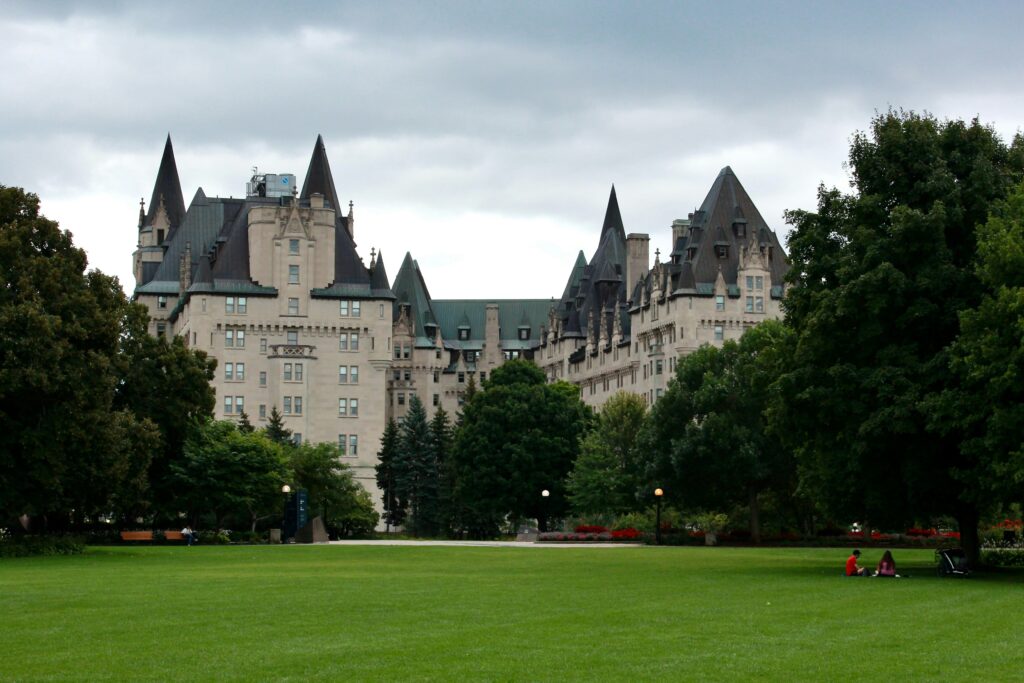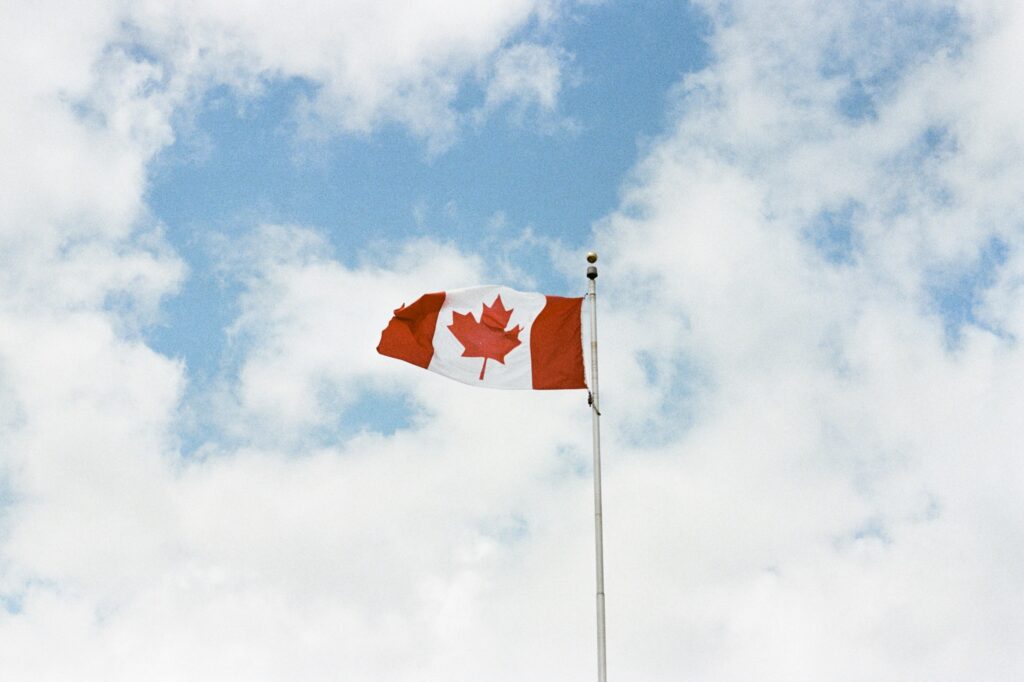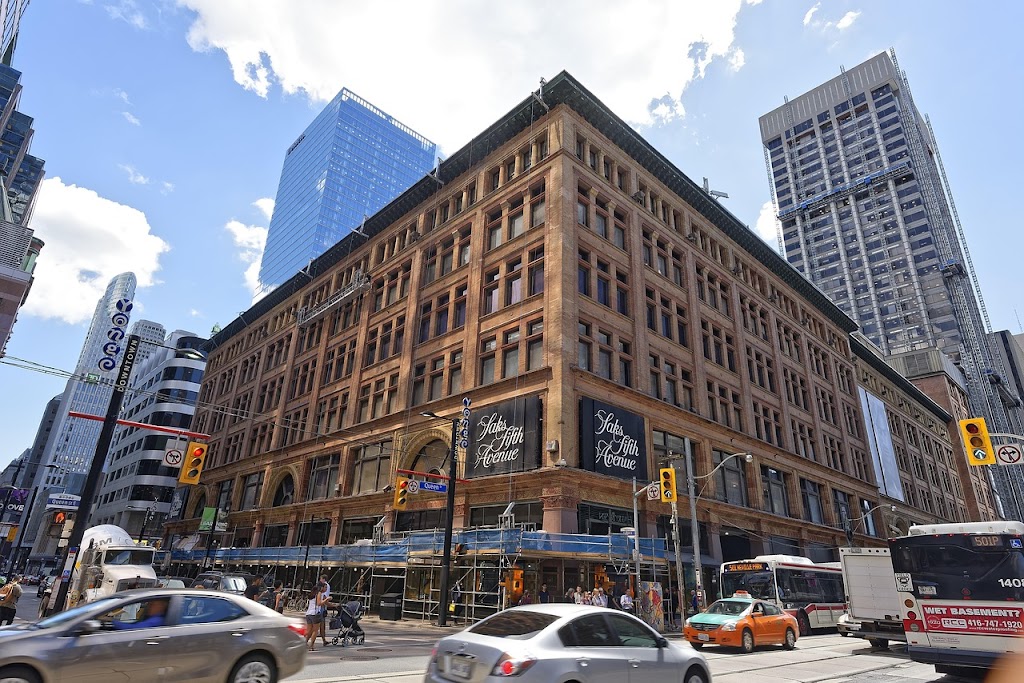Easy Money Tips That Help Newcomers Afford Life in Canada
Starting a new life in Canada is quite exciting and full of new opportunities. Canada is known for its beautiful places, friendly communities, and great public services. But daily life can be more expensive than many people expect, especially in big cities like Toronto or Vancouver. Whether you’re here to study, work, or live with your family, it’s important to manage your money well so you can settle in smoothly. Learning about daily expenses in Canada Learning how to manage your money in Canada is the first step to feeling confident. Rent is usually your biggest expense. In large cities like Toronto or Vancouver, housing can be quite expensive. In smaller cities, it is often more affordable. You will also spend money on food, transport, and phone service. Grocery costs can change depending on where and how you shop. Using public transport like trains or buses is often cheaper than owning a car. Phone plans can be low or high, depending on how much you use your mobile data. Most healthcare is free, but you may still need to pay for the dentist or eye care. When you start making a budget, it’s important to know the difference between needs and wants. Needs are things you must pay for to live, like rent, food, and transport. Wants are extras that you can live without, like takeaway meals or streaming services. Focusing on your needs first helps you save money and avoid stress. In Canada, rent is usually paid at the beginning of each month, so it’s important to plan for that. When shopping, keep in mind that many items have tax added at the till. The tax amount depends on which province you live in. Also, tipping is a normal part of life in Canada—people often tip 15% to 20% in restaurants or for other services. Saving money made simple Spending your money wisely can help you feel more comfortable and in control as you start your new life in Canada. One of the best ways to save is by cooking at home. This not only costs less than eating out, but it also helps you choose healthier meals. To save even more, you can shop at budget-friendly stores like No Frills or FreshCo, which often have lower prices than other supermarkets. Another way to reduce your monthly spending is by buying in bulk from larger shops like Walmart, where you can get more for your money. Transport can also cost a lot, especially if you buy a car. Instead, many newcomers use public transport, which is cheaper and easy to use. Free apps like Google Maps or Transit can help you find the best routes and save time. Libraries are a great place to begin for free or low-cost services in Canada, since you can use free internet, borrow books, print documents, and even join free classes or activities. You can also get help from newcomer support centres, which are organisations that assist people who are new in Canada. They can help you look for jobs, understand legal papers, and find a place to live—and their help is free. Another good way to save money is by buying secondhand items. You can find used furniture, clothes, or electronics that are still in very good condition. Many people use Facebook Marketplace or visit charity shops to find these items at much lower prices than new ones. Some community groups even give things away for free, which can be a big help when you’re just starting out. Boosting your income Earning extra money early can help you feel more comfortable in Canada. A part-time gig is a good way to start. Many newcomers find work in food delivery, online teaching, shops, or cleaning. Some people do freelance work, like writing, designing, or helping customers which can be done from home and let you choose your working hours. Finding a job can be easier if you use local job websites, go to job events, or join online groups for newcomers. Many libraries and newcomer centres offer free classes to help you write your CV and get ready for interviews. You’ve got this! Learning how to manage money in Canada takes time, and that’s okay. All newcomers face problems at first, but every small step helps you feel more comfortable. Simple changes—like taking public transport, cooking at home, or doing part-time work—can help a lot. These everyday habits help you save money and feel more in control of your life in Canada. Skip the hassle and discover the perfect programme with Global Visa Support to help you move to Canada in no time: http://globalvisasupport.com/canada.html. Want to make a smart move to Canada? Get in touch with Global Visa Support for expert help you can trust: http://www.globalvisasupport.com/contact.html.
Easy Money Tips That Help Newcomers Afford Life in Canada Read More »





